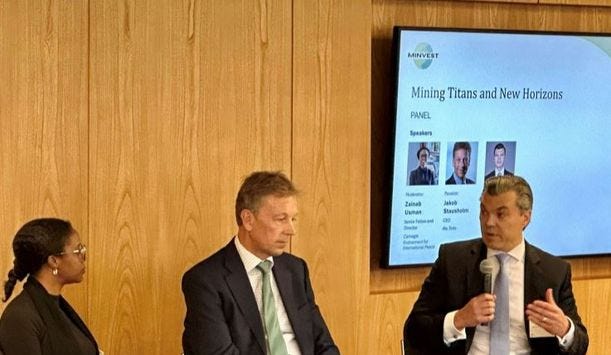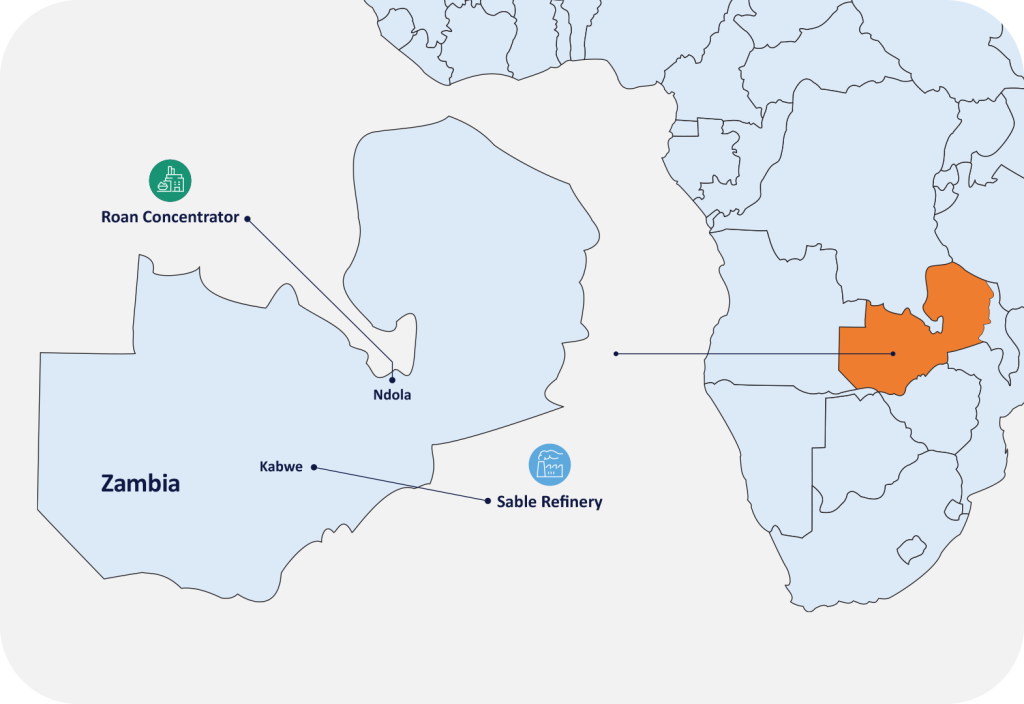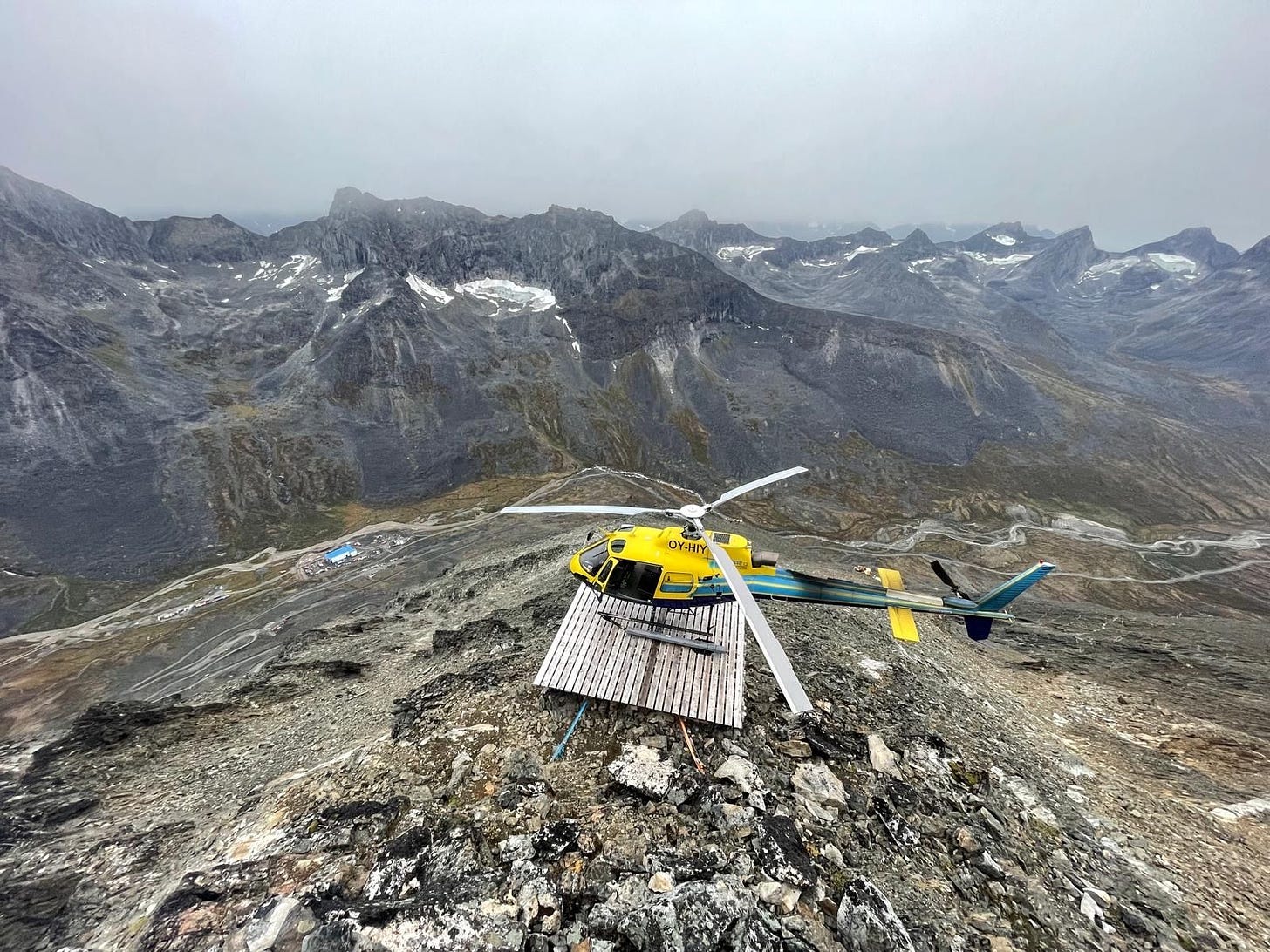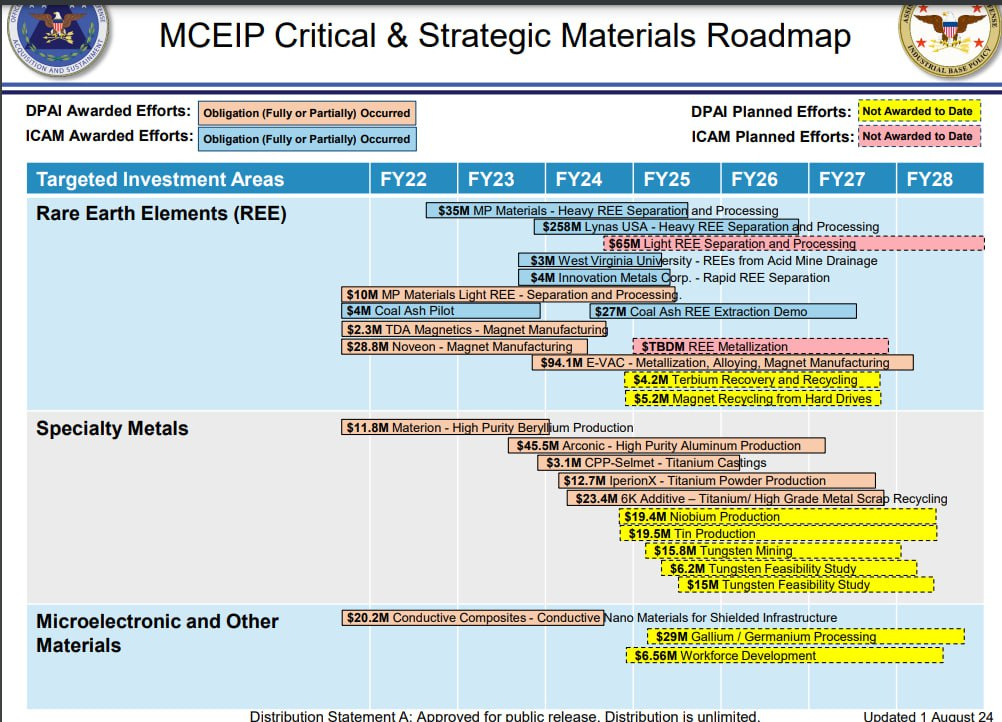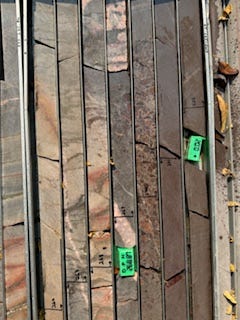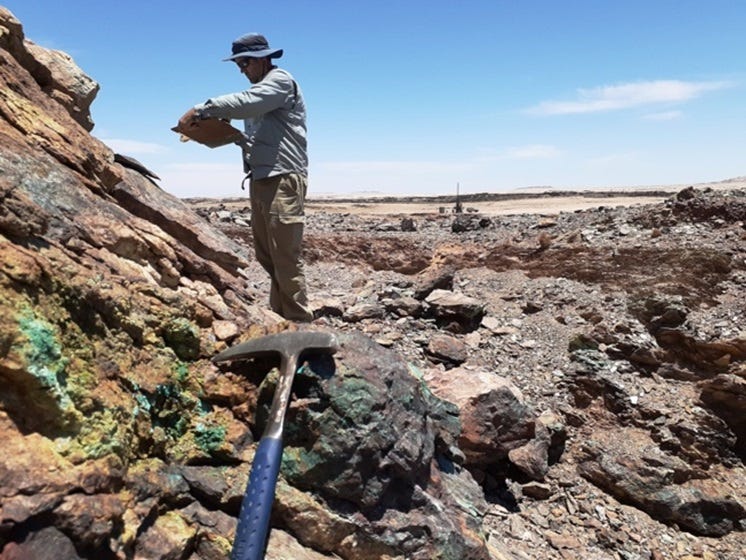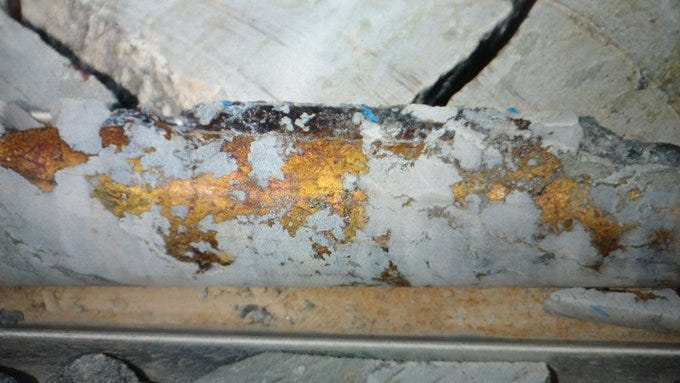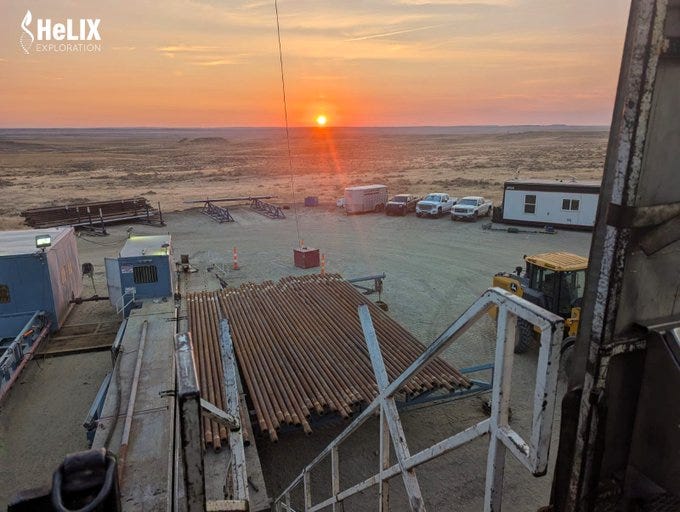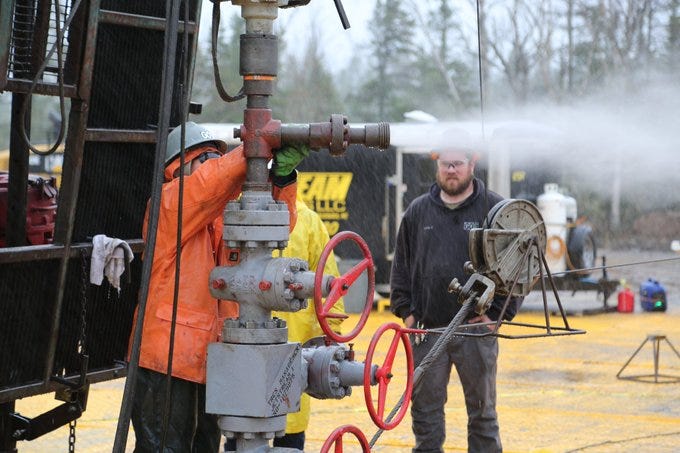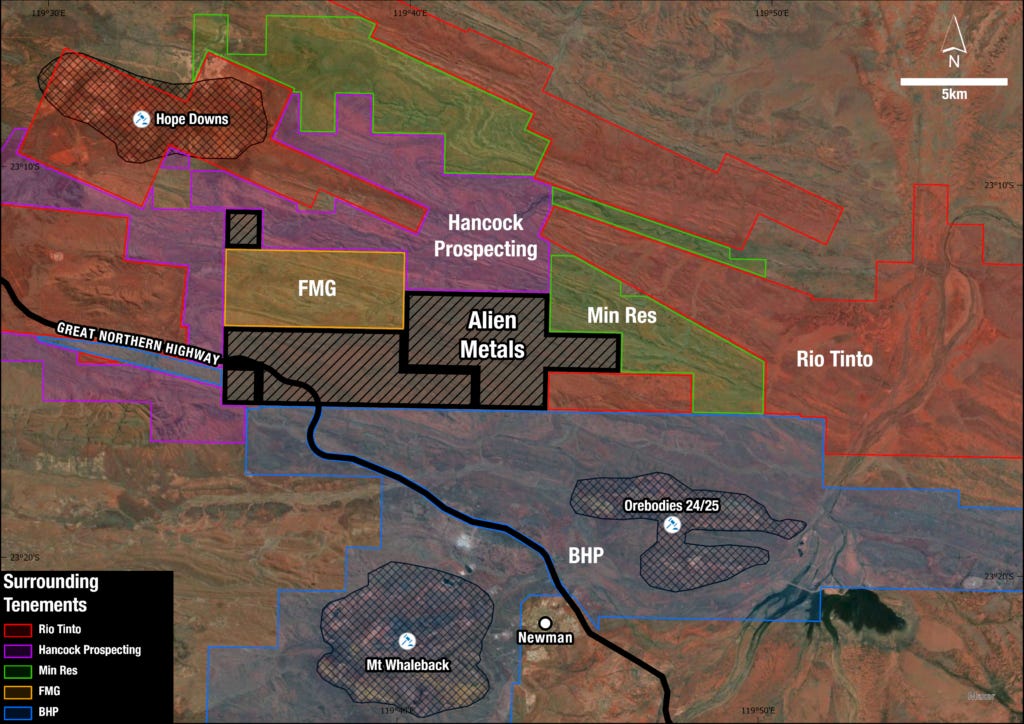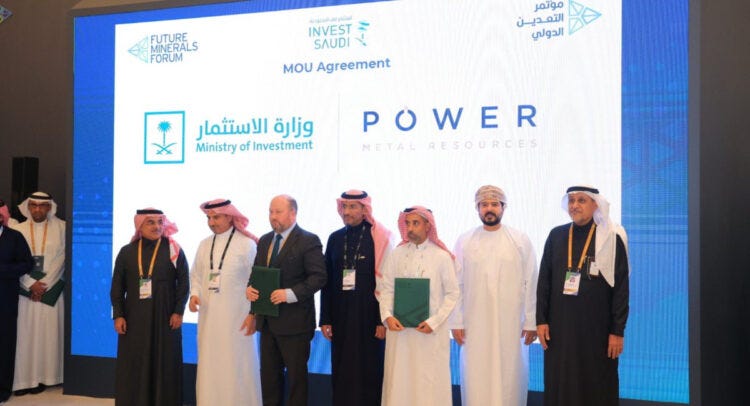
Good Afternoon Team and welcome to Monday.
In the run up to Halloween, it feels like a significant number of companies I track are on the verge of delivering major, potentially share price lifting news.
As ever, this is junior resource. Until the assays come back, there is an element of ‘Trick or Treat.’
Exploration and risk are twins. If you’re hoping for a 10x return, you better believe your risk is higher than it would be with Legal & General.
But if you’re going to invest in risk assets, then there needs to be a near term catalyst. Putting your capital into a company that’s going to faff about with surface exploration for the next three years (diluting you along the way) is unlikely to be worth the effort.
You need drilling and assays. And most of all, you need some kind of exit liquidity potential. Many small cap companies in the junior resource sector are relatively illiquid - and even if there is a spike on good results, if you have enough shares, you can’t realise the profit because the buy side is simply not there.
There needs to be the potential for assets to be sold to a larger player - most juniors are in the business of exploration, and few make the transition to producer.
Of course, that is unless you’re Greatland Gold or Amaroq Minerals, both of whom are the ones who knock.
Speaking of the big guns, Sovereign Metals - proud owners of Kasiya, the world’s largest rutile deposit and second-largest graphite deposit - was recently up on stage with Rio Tinto at the United Nations.
Rio recently highlighted Kasiya as one of their ‘long life ore bodies with development options’ in a corporate presentation.
Further, as and when SVML issues more shares (in lieu of cash to settle invoices), Rio continues to buy shares on market to maintain its 19.9% shareholding in the company.
With the massive pilot plant (circa 5% of the size of the real thing) delivering, and the graphite concerns answers, it’s a case of when, not if.
Also, check out their new, grown-up website.
Then there’s Jubilee Metals, which recently completed upgrades on Roan - where it is achieving a ‘10-fold copper grade upgrade into concentrate from Previously Mined Material meeting design specifications.’ Nobody else in Zambia can do this. There is no competition for low grade material.
Jubilee has also signed a three-year renewable power purchase agreement with Lunsemfwa Hydro Power Company in Zambia - circumventing the electricity crisis in the country. And while chrome production continues to rise in line with expectations, it’s the copper that matters.
The current guidance is fairly low, but the expectation is that JLP will ramp up to 25,000 tonnes per annum. There has been institutional selling for reasons not to do with corporate performance, so now appears to be a very good buying opportunity.
We also need to consider Amaroq Minerals. This company is sitting on a literal mountain of gold. An upgraded Mineral Resource Estimate will be out soon. First gold is coming this quarter.
This time next year, AMRQ will be printing money - and the gains made to date are nothing compared to the potential. I feel like Greatland gets all the eyeballs in this regard, but both are gold producers in a market where getting to production is something to be lauded.
Both are severely undervalued (though as ever, proof is in the production).
And AMRQ also actively drilling the largest land package of strategic minerals in Greenland. This activity has a very real chance of upturfing a superb asset.
But these four are the big guns. At the more speculative end of the market, there are plenty of companies ready to shoot the lights out.
Guardian Metal Resources should now be on the verge of announcing US government grant funding to the tune of $15 million: the MCEIP roadmap has this number in the exact spot Pilot Mountain used to be in the previous presentation.
PM is considered to be the largest undeveloped tungsten deposit in the US - and the country with the world’s largest military lacks domestic production of any kind.
Further, China is all but guaranteed to ban tungsten exports after its antimony stunt. Most analysts think November is the month to watch.
Moving back over to Africa, there are four companies now on the verge of news:
Arc Minerals is about to announce assays from the Virgo Projects in Botswana - 562kg of material was sent for assay at ALS in Johannesburg, and there is a strong argument to be made that both BHP and MMG will be interested in buying the assets should the assays be even half-decent.
Drilling continues (等待时间更长,付出更多) apace and can continue year-round. MMG will want to fold Virgo into the Khoemacau licence area given its multi-billion-dollar spend, while BHP’s involvement in Cobre (now suspended pending an announcement) means the major will want to snap up more tenure.
Then there’s assays from the Anglo JV - in the pipeline.
We also need to consider Bezant, which has a circa £4 million market capitalisation. The company has been granted Mining Licence 246 for the Hope & Gorob copper-gold project in Namibia. It only took two years.
I’ve estimated a capex requirement to bring this open pit mine into production at circa $10-15 million, and it could be producing as soon as Q2 next year, with material sent to nearby plants for processing.
You would expect some kind of JV deal (or similar) within the next few weeks - and free cash flow of circa $20 million a year seems viable.
Then in the Democratic Republic of the Congo, we have Rome Resources drilling with four diamond rigs for tin and copper at the Bisie North project, just next to Alphamin.
Alphamin was founded by Rome Chair Klaus Eckhof, and benefits from the same exploration team which discovered Alphamin’s Bisie deposit.
Alphamin is now worth $1.6 billion Canadian Dollars, and tin continues to roar higher as covered previously. As the assays start to come back, this stock should rip - and there is a natural buyer just next door.
Now let’s consider the helium stocks.
Helix Exploration has deepened to 8,550 feet and successfully re-entered Ingomar. The Mowry shale has been cased, and now it’s squeaky bum time. The helium and hydrogen shows have thus far been impressive, but next steps including flow rate, field size, contaminants, gas composition etc are all to be announced.
While HEX may have chosen to go deeper, management are not the dwarves of Moria. You can always try for further with well #2 but we already have helium gas shows at 130x over background and hydrogen gas shows at up to 10.3%.
Bear in mind that Helix is also ploughing on at Rudyard - where the second bite of the apple could also deliver sizeable returns.
Pulsar Helium has raised its £5 million (remember, the fundraise is always oversubscribed no matter the reality) and is ready to deepen Jetstream #1 at Topaz by the planned 500m with contractor Capstar. It also has the option to drill an additional two step out wells using Capstar’s 6000 Elenburg Manufacturing trailer-mounted drilling rig.
Topaz has already been drilled and flowed the highest helium content in North America (of some 14.5%) - and it could see carbon dioxide value add at Topaz due to the localised US shortage. All was explained on Sky News on launch day.
Then there’s Tunu.
On a smaller scale, I also want to highlight Mendell Helium, which is pressing on with its option to acquire a series of wells in the US from M3. The plan is to sell helium produced to Scout Energy for processing at its Jayhawk plant - activity is ongoing and this could be a nice little earner for investors looking for a non-binary play.
There are a few further gas plays to consider. Prospex Energy and Sunda (formerly BOIL) remain favourites. Prospex for the buyout potential and because insiders continue to invest in either the stock direct or its JV partner.
Sunda because funding for a well at Chuditch appears to be on the horizon, and because East Timor’s draft state budget has just been increased by $650 million to get Greater Sunrise operating in partnership with the Australians.
For those living under a rock, if Greater Sunrise gets developed (and it’s been in the works for decades), Chuditch becomes a meal ticket.
But I want to highlight a third oil and gas potential for the near term: Predator. The corporate focus is now fixed on the commercial potential of its MOU-5 exploration well within the Guercif licence (75% interest), located onshore Morocco.
This well is targeting a massive gas prospect of 5.9 Trillion Cubic Feet, with the distinct possibility of valuable helium reserves as an added bonus.
This exploration could be a game-changer, and investors know it - the well is expected to spud in January 2025, and is located just three kilometres from the Maghreb Europe Gas pipeline, which has more than enough spare capacity.
And while the well is estimated to cost $3.5 million to drill (£2.7 million), this cost is now fully funded. PRD estimates CoS to be in the realm of 50%.
Away from gas, there are a few more I want to highlight as we head towards Halloween:
Alien Metals & Metals One - they have little in common other than both companies could deliver game-changing news very soon, and both are on the floor in terms of sentiment and share price.
Alien is negotiating hard regarding Joint Ventures for its Hancock Iron Ore DSO project, alongside Elizabeth Hill and Munni Munni.
These negotiations will bear fruit.
Metals One is on the verge of announcing a Preliminary Economic Assessment for its Black Schist project - see what happened to GreenRoc when this happened. Keep an eye out.
Then there’s Asiamet, where the recent placing now has the company well funded. Project level financing for the BKM project will be negotiated and signed within the next few months - and optimisation work is nearly concluded. To say nothing of Beutong!
Finally, there’s Power Metal Resources. The company remains wildly undervalued given its stake in GMET and the uranium JV in the Athabasca.
CEO Sean Wade will unleash his Saudi plans on the market soon, and maybe, just maybe, it might decide to wake up.
Have a great week.




